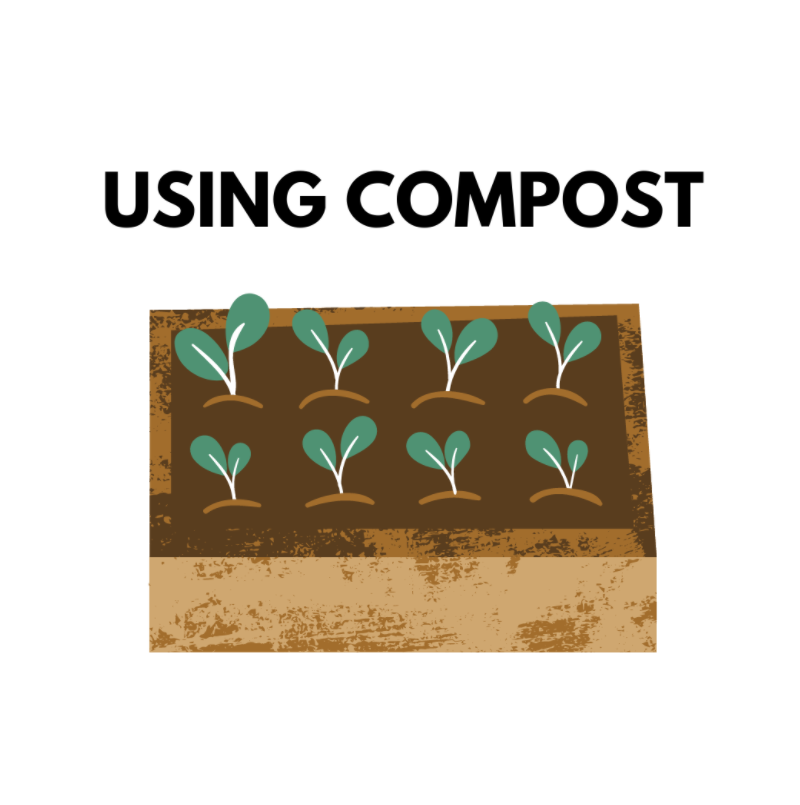
Composting is a great first step toward living sustainably. Why should we compost and how do we get started? What does and does not belong in a compost pile? By composting at home, you are helping decrease the amount of food waste that goes into a landfill, creating natural fertilizer, and lowering the amount of methane gas in the world!
What does composting do?
Breaks down organic materials into fertilizer.
What are the basic Ingredients to a compost batch?
Brown matter, green matter and H2O.
What is brown matter and what is its purpose in compost? What about green matter? What role does water play in composting?
Brown matter creates C02 for breaking down the compost. Brown matter consists of dry or woody items like cardboard, paper, twigs and more. Green matter is the source of the nutrients, such as nitrogen. Green matter consists of items like: fruits, veggies, grass clippings or anything that is still fresh. Water is essential in the composting process, as it keeps the compost pile’s temperature regulated. A good compost pile will have the perfect balance of moisture.
First steps in home composting:
There are so many ways to compost! The keys to getting started are deciding your Location, Container, and Set Up. After you begin composting, some light maintenance is all you need!

Location:
You will need to consider where to place your compost. Consider a sunny, dry, flat and well drained location, these conditions are ideal for a compost pile or bin’s location.

Container:
Remember when choosing your compost container, it will depict the amount of material (soil/fertilizer) your compost will generate. Some compost container options are: old bins, crates, even a simple pile! Bins and closed containers keep animals out, hold heat, and can help confine odors.

Set Up
Once you have placed your compost container in its final location, you can fill it with base layers to get started! Layer 1: Begin with materials such as twigs and other brown matter for drainage and air flow. Layer 2: Cover layer 1 with leaves or green matter. After that, you can simply alternate between brown and green matter.

Maintenance:
Adding new material? Be sure to mix it into the lower layers. Ensure materials are damp and still have moisture. Add water if compost begins to get dry, but do so sparingly. Mix the compost once a week to help break down the compost and avoid odor.

Utilize Your Compost:
When the compost is dark , crumbly and has an earthy smell, it is ready. Add it to your garden, lawn, or anywhere in the yard it may benefit trees, shrubs, or any plants!
What should I put in my compost?
Fruits
Veggies
Coffee Grounds
Eggshells
Grass Clippings
Dry Leaves
Fireplace Ashes
Newspaper
Hay/Straw
Sawdust from Untreated Wood
Cardboard
Paper
Houseplants
Cotton
Wool
Hair
Fur
What should not go in my compost?
Meats
Oils
Fats
Sick Plants
Sawdust from Treated Wood
Treated Wood
Animal Waste
Dairy Products

Composting is a Small Change for the Greater Good
Sustainable practices can easily be adopted into any household, and can be adapted to fit the needs of your home. Another way to cut down your household’s carbon footprint? Join a community solar farm and start powering your home with clean energy from the sun. You can lower your impact on the environment and save 10-15% on monthly electricity bills, all simply by using 100% renewable energy.
Want to learn more about your clean energy options?
